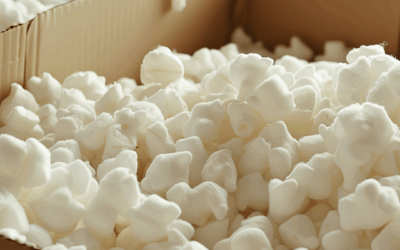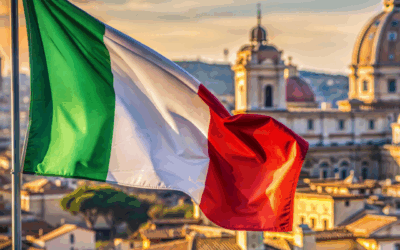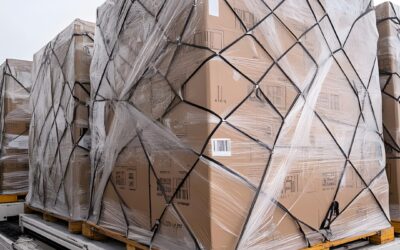Waste separation in Denmark, Norway & Co.: standardised symbols used in the Nordic countries
A lot has happened in the Nordic countries in terms of waste separation in recent years: standardised symbols have been used in Denmark since 2017 to simplify waste separation for consumers and businesses. The use of the pictograms is voluntary. Norway, Sweden, Finland and Iceland have followed suit and have also introduced the ‘Nordic Pictograms’ system for waste separation. The symbols can be found not only on packaging, but also at recycling stations and in public spaces. The clear labelling makes it easier to dispose of waste correctly and ensures that more recyclable materials are reused.
The standardised waste system has many advantages for companies that export packaging to these markets: It creates orientation, strengthens consumer confidence and contributes to sustainability. In this article, we reveal what you need to bear in mind.

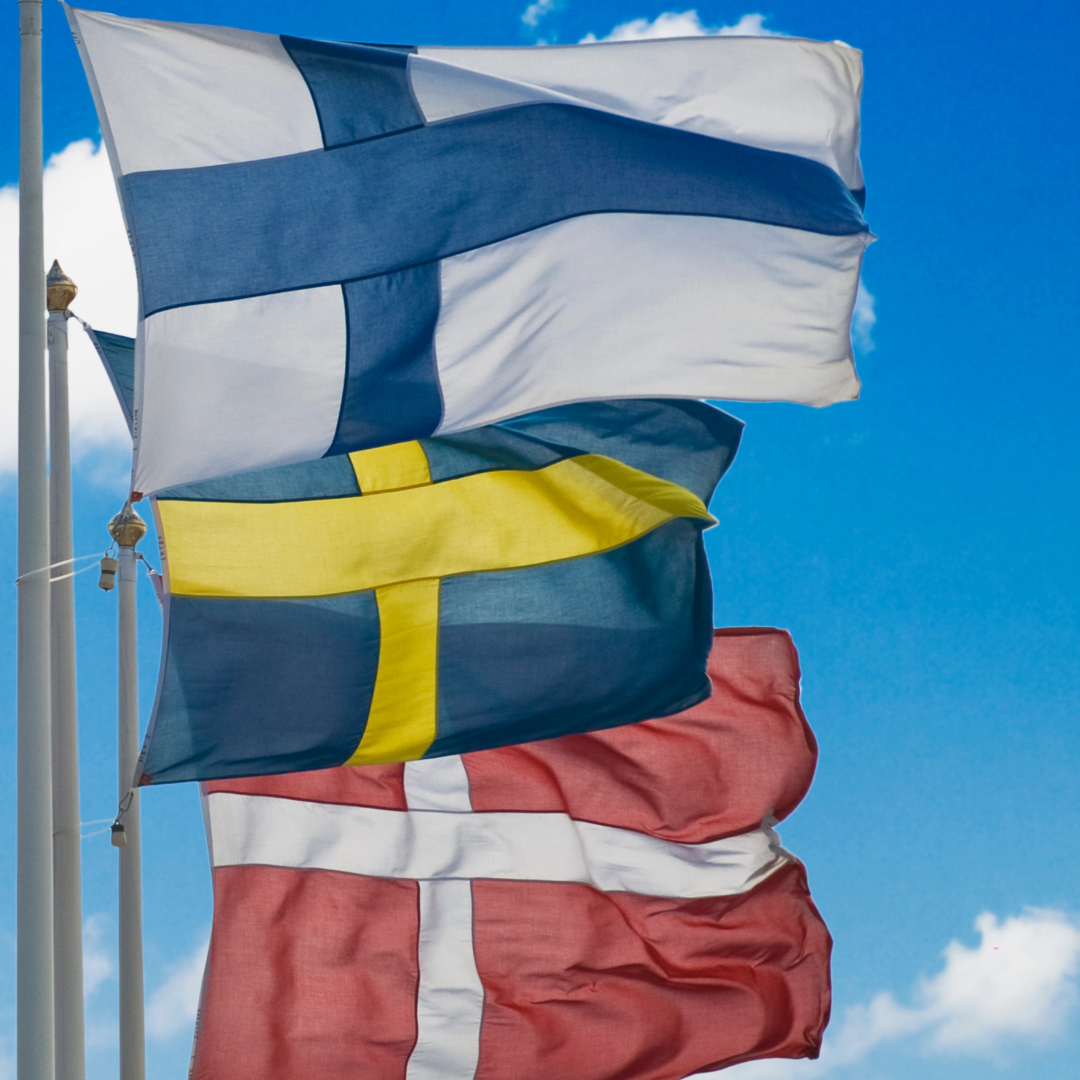
Why a standardised symbol system?
A common waste symbol system is intended to make waste sorting clearer and more consistent in order to support the population and companies in recycling and promote environmental goals. The standardised and flexible symbols not only make it easier to sort waste correctly, but also create a familiar system that works in the same way in all Nordic countries.
What is special about the system? Not only packaging is labelled, but also waste containers and recycling stations to create a direct visual link between waste and the correct container and make sorting as easy as possible. Consumers can orientate themselves independently of the country and separate waste more precisely.
It is also easier for you as a producer to use the pictograms directly for the entire Nordic market and make your contribution to the circular economy.
The Nordic waste symbol system
The Nordic waste symbol system currently comprises 91 standardised pictograms that cover different types and categories of waste – from used glass and plastic to electrical appliances and garden waste. The symbols are used in different areas: in households, businesses, public facilities and at recycling centres. This standardised labelling ensures clarity and supports waste separation along the entire value chain.
The system is based on standardisation, flexibility and accessibility. Municipalities, companies and private individuals can use the symbols free of charge and only have to bear the costs of implementation (e.g. printing on packaging). The system was developed in collaboration with various stakeholders from the recycling and waste management industry. The system is intended to be widely used and easy to implement so that separation is standardised in all places – whether in the supermarket, at work or at home.
Brief insight into the system
A distinction is made in the labelling between household collection and collection for recycling centres.
The household collection consists of ten fraction categories (garden waste, food waste, waste glass, waste paper, cardboard, electrical appliances, hazardous waste and pollutants, plastic, scrap metal and residual waste). Each of these fractions has its own colour. In addition, there are 18 symbols for these fractions, which consist of the colour of the fraction, a pictogram and the fraction designation.
For recycling centres, there are 12 fraction categories (some of which overlap with those for household collection) and 83 symbols.

You can access the pictograms here: https://cirkulaer.dk/piktogrammer-til-affaldssortering
Advantages for exporters and retailers
If you export products and packaging to Nordic countries, the standardised waste symbol system offers clear advantages. The use of the symbols on packaging makes it possible to provide consumers with clear guidance on waste separation. This allows you to ensure that your packaging is disposed of easily and correctly and complies with waste guidelines.
In addition, the use of the symbols contributes to the sustainability positioning of companies. Consumers can see that brands are actively participating in the circular economy and taking responsibility. You also have the opportunity to rely on an established system that makes the waste recycling process smooth and strengthens confidence in the product. Overall, by using the standardised symbols, exporters and retailers not only promote their market acceptance, but also the environmental goals of the Nordic countries.
Conclusion: Why you should use the symbols
The joint symbol system of the Nordic countries offers export companies and retailers a valuable opportunity to adapt their packaging to the high demands and expectations of the markets. The standardised symbols make it easier for consumers to separate waste and strengthen the image of sustainable brands. By using the symbols on your packaging, you not only support the circular economy and promote the recycling of valuable resources, but also show that your company is forward-looking and environmentally conscious.
A sustainable commitment that pays off on the Nordic market – and can help to simplify the recycling process and protect the environment in the long term.
EPR obligations in the Nordic countries

LIZENZERO.EU makes packaging compliance in Europe very easy.
Do you ship your products to different countries in the EU? Many different legal requirements and obligations can make the whole thing quite complicated – but don’t worry, we’ll do it for you. How do we do it? With our licensing service, we take over all obligations for you by power of attorney. Sounds good? We’ll be happy to advise you.
For shipping to Germany, you can easily fulfill your packaging obligations yourself via Lizenzero.de.
Ban on Polystyrene Packaging in France: Postponement to 2030 Brings Opportunities and Challenges
Plastic bottles are part of everyday life for many people, whether on the go, at the office, or during sports. In recent years, the materials used to make these bottles have come under increasing scrutiny, especially due to EU-level regulations. Consumers are paying more attention to which chemical substances may be present in their bottles. One of the most well-known and controversial substances is bisphenol A (BPA). BPA is often incorrectly referred to as a plasticizer. It has been heavily criticized for years because of its hormone-like effects and potential health risks, not only in plastic bottles.
EPR in Italy: duties for e-commerce & textiles
New rules for selling via online marketplaces have been in force in Italy since November 2024: With Law 166/2024 (amendment to the existing Legislative Decree 152/2006), Italy is tightening the EPR requirements. Italian online marketplaces must now record and pay data and fees for products subject to EPR in the area of electrical and electronic equipment (WEEE) on behalf of their retailers. For you as a retailer, this means that anyone selling to end customers via an Italian marketplace must be registered.
Commercial packaging in the EU: obligations at a glance
In this article, we explain the differences between the packaging types, the legal basis for them and how some EU member states – specifically France, Austria and Spain – deal with commercial packaging.


